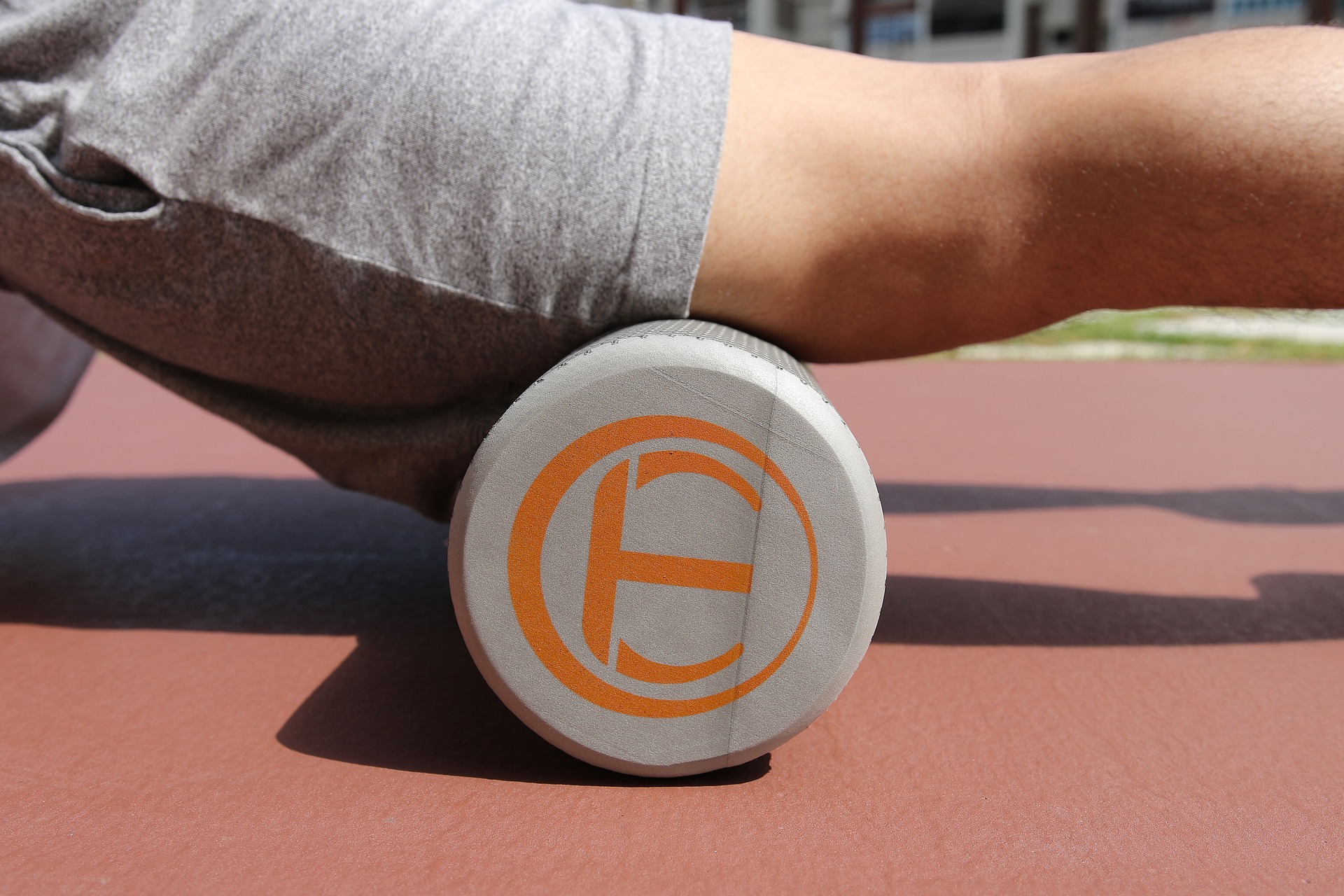Unlocking the Benefits of Foam Rolling
Foam rolling has gained popularity in the fitness world as a self-myofascial release technique that offers numerous benefits for muscle recovery, flexibility, and performance enhancement. By incorporating foam rolling into your fitness routine, you can alleviate muscle tension, improve mobility, and accelerate post-workout recovery. Explore the transformative benefits of foam rolling and discover how this simple yet effective tool can elevate your fitness journey.
Alleviating Muscle Tension and Soreness
Foam rolling targets trigger points, or knots, in the muscles, helping to release tension and alleviate soreness. By applying pressure to specific areas of the body, foam rolling stimulates blood flow and oxygen delivery to the muscles, facilitating the removal of metabolic waste and reducing inflammation. This can help alleviate muscle soreness and stiffness, allowing for faster recovery between workouts and reducing the risk of injury.
Improving Flexibility and Range of Motion
Regular foam rolling can help improve flexibility and range of motion by breaking up adhesions and scar tissue that can restrict movement. By rolling over tight muscles and fascia, you can increase tissue elasticity and restore natural movement patterns, allowing for greater mobility and flexibility during exercise. This can enhance athletic performance and reduce the risk of overuse injuries associated with limited range of motion.
Enhancing Recovery and Injury Prevention
Foam rolling can enhance post-workout recovery by promoting circulation and reducing muscle fatigue. By incorporating foam rolling into your cool-down routine, you can accelerate the removal of metabolic byproducts such as lactic acid, which can contribute to muscle soreness and fatigue. Additionally, regular foam rolling can help prevent injuries by improving tissue quality and reducing muscle imbalances that can lead to overuse injuries and biomechanical dysfunction.
Targeting Specific Muscle Groups
Foam rollers come in various shapes and sizes, allowing you to target specific muscle groups with precision. Whether you’re focusing on the back, legs, arms, or shoulders, there is a foam rolling technique to address your needs. By using different foam rolling techniques and tools, you can customize your self-myofascial release routine to target areas of tightness or discomfort, helping to alleviate pain and improve overall muscle function.
Incorporating Foam Rolling Into Your Routine
To reap the benefits of foam rolling, incorporate it into your pre-workout warm-up or post-workout cool-down routine. Spend 10-15 minutes rolling out major muscle groups, focusing on areas of tightness or discomfort. Use slow, controlled movements and apply gentle pressure to allow the tissues to release gradually. Be mindful of your breathing and listen to your body’s cues to avoid overexertion or discomfort.
Choosing the Right Foam Roller
When selecting a foam roller, consider factors such as density, texture, and size to ensure optimal effectiveness and comfort. High-density foam rollers provide deeper tissue penetration and are suitable for experienced users or those with dense muscle tissue. Textured foam rollers, such as those with knobs or ridges, can provide additional targeted pressure and are ideal for addressing specific areas of tightness or trigger points. Choose a size that matches your body proportions and allows for full range of motion during foam rolling exercises.
Conclusion
Foam rolling is a versatile and effective tool for improving muscle recovery, flexibility, and performance. By incorporating foam rolling into your fitness routine, you can alleviate muscle tension, improve flexibility, and enhance post-workout recovery, allowing you to train harder and achieve your fitness goals more effectively. Whether you’re a seasoned athlete or a weekend warrior, foam rolling can help you unlock the full potential of your body and elevate your fitness journey.





